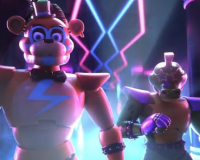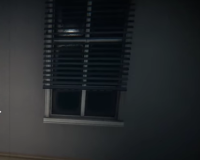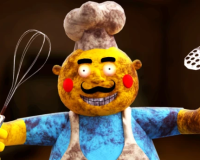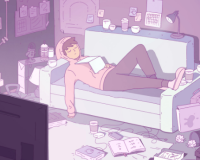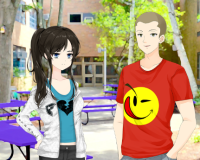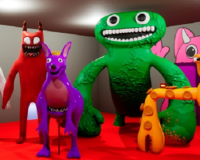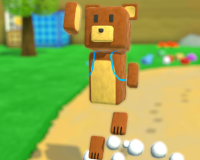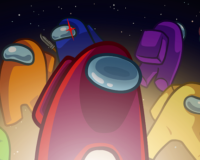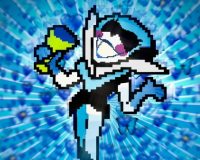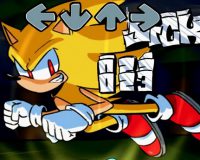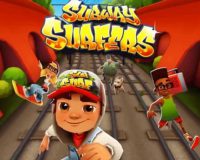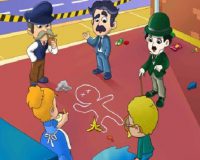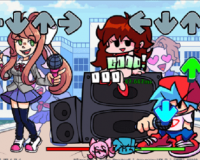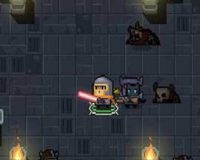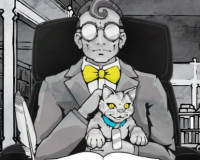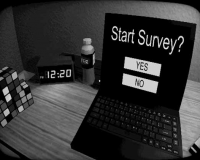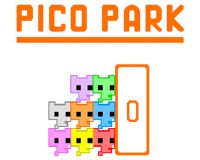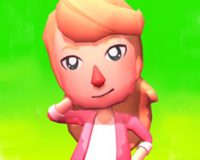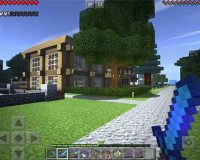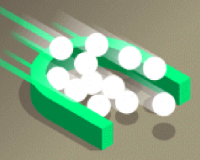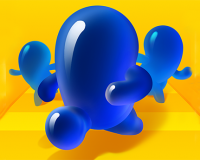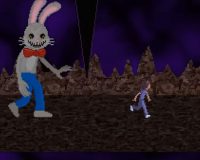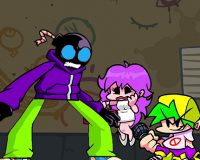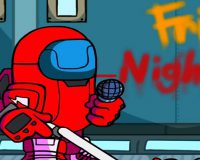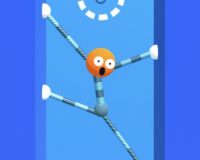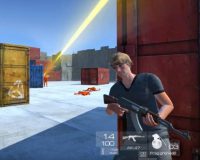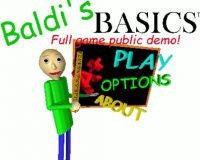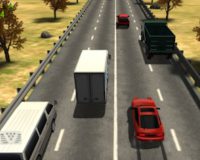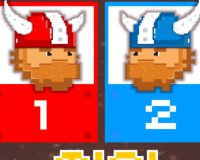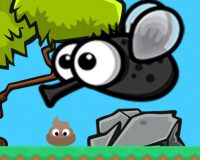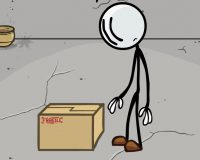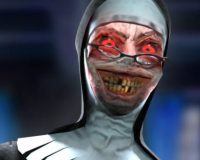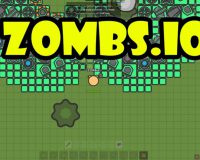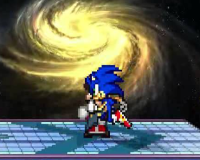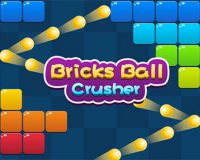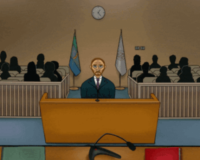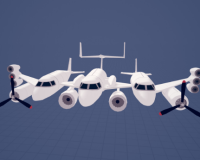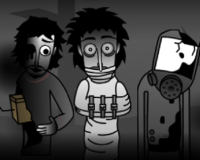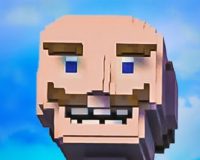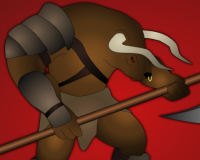
Advertisement
Patrick’s Parabox
Patrick’s Parabox is a logic puzzle game that explores how space can contain itself and how movement can create new relationships between layers of reality. The player controls a small character named Patrick who moves boxes within a grid. The goal is to arrange these boxes in the correct positions, but the game’s main idea extends beyond simple placement: some boxes contain other worlds, and others may even contain the very level the player is standing in. This creates a recursive system where each action changes the visible environment and its inner structure.
Rules and Spatial Logic
The puzzles in Patrick’s Parabox are built on clear and consistent rules. The player can push boxes, enter them, or move out of them, but each of these actions may change the configuration of the entire puzzle. Some boxes represent self-contained worlds, while others connect back to previously visited spaces, forming a loop. Each level teaches one concept and gradually combines it with earlier ideas, turning simple movements into complex reasoning tasks. The rules never break; instead, they expand logically, teaching the player to understand recursion as a physical process rather than a theoretical one.
Systems and Learning Curve
Patrick’s Parabox uses several systems that define its structure and pace:
- Recursive Containment: Boxes can hold smaller versions of other levels.
- Bidirectional Space: The player can move into and out of layers of the same environment.
- Causality Through Movement: Pushing one box can rearrange another space within it.
- Progressive Learning: Each section builds on previously introduced concepts.
- Minimal Interface: The game avoids distractions, allowing full focus on spatial reasoning.
These elements work together to create a controlled environment for learning through discovery. Every puzzle becomes a study in how structure and logic interact.
Design and Reasoning
Solving a puzzle in Patrick’s Parabox means understanding relationships between inside and outside, between action and reflection. Players are encouraged to analyze patterns, predict outcomes, and manipulate spaces with purpose. The recursive nature of the puzzles forces a shift in perspective — sometimes the player must think as though they are inside a smaller copy of the same world they’re trying to solve. This recursive loop introduces a calm but demanding form of logic where clarity matters more than speed.
Patrick’s Parabox demonstrates how recursion can be used as a concept and as a core mechanic that defines play. The game builds an entire logical system from a few consistent rules and allows complexity to emerge naturally through interaction. By merging spatial manipulation with recursive reasoning, it turns each puzzle into an exploration of structure, logic, and the infinite relationships between spaces that contain one another.




